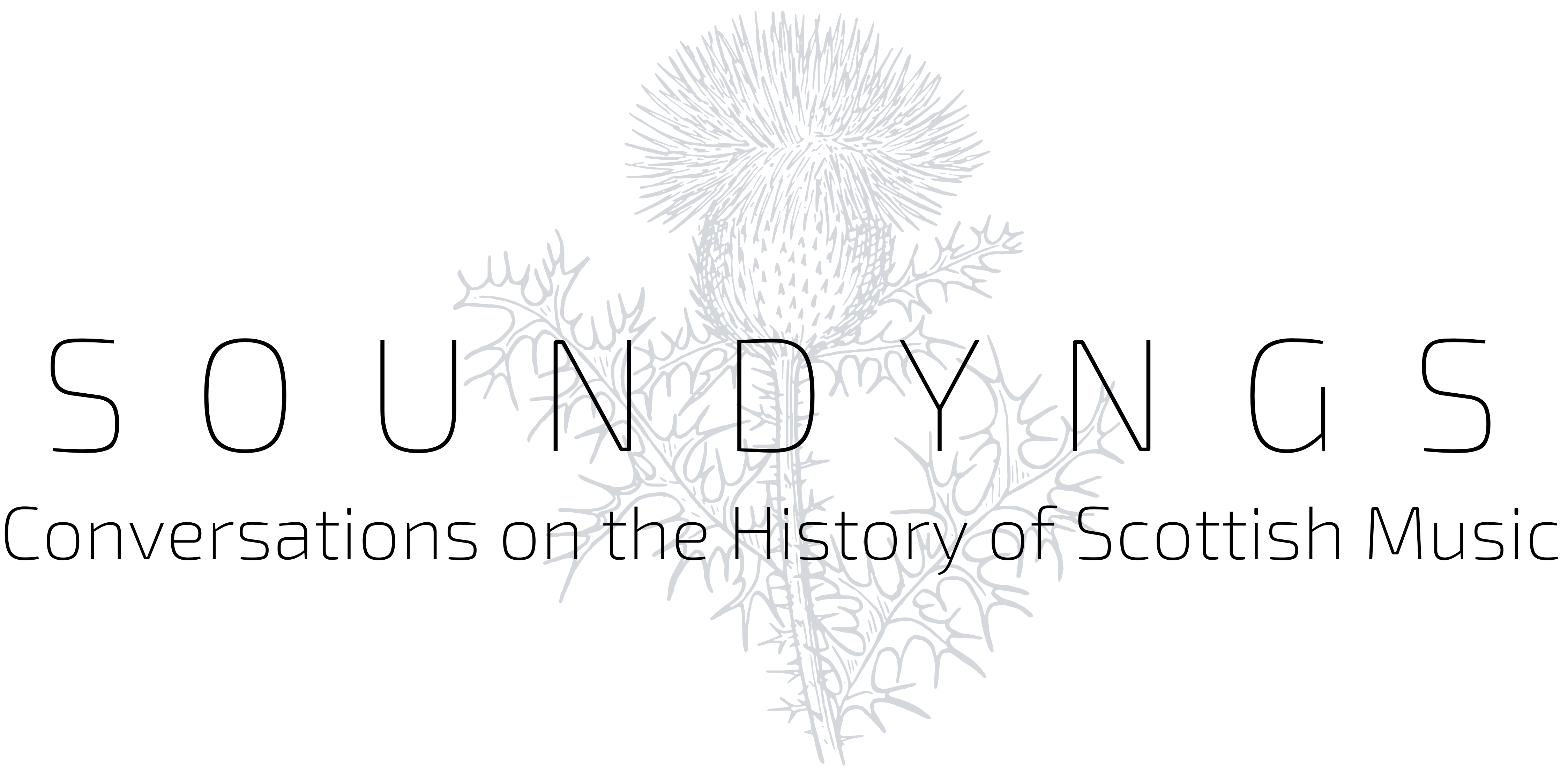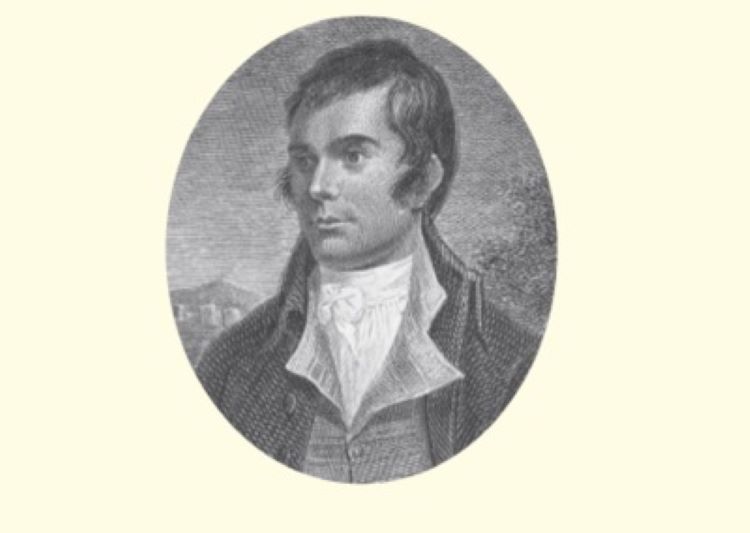Katherine Campbell and Emily Lyle, Robert Burns and the Discovery and Re-Creation of Scottish Song (Glasgow: Musica Scotica, 2020) is available from the Scottish Music Centre.
The authors of this book were also co-editors of the final volume 8 of The Greig-Duncan Folk Song Collection (2002), and here add to the body of information which is transforming our understanding of Robert Burns’s relationship with traditional Scottish song. This book discusses the relationship between Burns’s song collecting and the oral traditions he encountered, and is organised around detailed discussion of songs as case studies. Ethnographical method – particularly, attention to source singers and tradition bearers – is a strength of researchers connected with the University of Edinburgh School of Scottish Studies (see also the recent Soundyngs reviews of Caroline Macafee’s study of Scots songs and Virginia Blankenhorn‘s attention to transmission processes in her collection of essays on Gaelic song).
Although Burns was a highly literate poet, his ownership and use of written song sources suggests that he saw these as malleable rather than fixed points in a practice of ongoing creative transmission. As is well-known, he commonly wrote new lyrics for existing tunes, arguing that: ‘poetry, particularly songs, are always less or more localised … by some of the modifications of time and place’ (p.6). The authors establish that he could indeed read printed music. His sister, Isobel (Begg), related to Charles Grey around 1848 that her brother could play the fiddle, and had learnt to read music at song school first at Lochlea and then Mauchline (comments published in The Songs of Scotland, by George Farquhar Graham, 1852).
However, Burns did more than collate and improve upon the printed material he found in these 18th century collections. Campbell and Lyle examine the accounts from his contemporaries of his musical competence in handling oral repertoire. The chapter structure of the book facilitates discussion of particular sites of oral encounter. Burns’ letters and commonplace books show he also had ample opportunity to connect with oral sources of Scots and English song. Mention is made of familial, local social and work gatherings, tavern singing, Masonic meetings and church worship. I was surprised to learn that Burns – the great critic of Kirk hypocrisy – wrote psalm paraphrases to be sung to common psalm tunes (the book gives us his psalm 90, to be sung to ‘Elgin’, p.51, and psalm 1 to be sung to ‘Dundee’, p.52). Discussion of his fieldwork show him actively seeking out new material from oral tradition-bearers.
Within the chapters, the organisation moves from song to song, matching Burns’s own notes with insights into particular source biographies and social networks. In some respects, this granular approach might have worked better as a website rather than a linear book (see Kirsteen McCue’s University of Glasgow project Editing Burns for the 21st Century, which sheds light on the research feeding into the monumental multi-volume Oxford Edition of the Works of Robert Burns). This study, focussing on songs which highlight particular ways of working, capably succeeds in providing deep descriptions of the creative processes involved in collecting and transforming particular songs.
The investigation of Burns’ engagement with Gaelic tradition is particularly intriguing. Here, Burns used his social networks and musical literacy to focus his short but intense periods of active fieldwork. On his Highland journey of 1787, he sought out and listened to Gaelic singers, particularly women. One such was Anna Ross, a companion to the confusingly-similarly named Miss Rose, encountered at Kilravock Castle outside Nairn. This location is positioned at the intersection of Gaelic and Scots speaking regions. Ross seems to have been competent in both languages, and sufficiently educated to understand the task of creative conservation that Burns had set for himself and to pick useful material to present to him. Gaelic speaking people of gentry rank might also be encountered in Edinburgh, as seems to have been the case with Isabella MacLeod of Raasay, whose family who owned an Edinburgh town-house as well as an island estate (p.117-118). Burns combined his notes from these encounters with knowledge gleaned from the few existing printed collections of Gaelic material, such as Patrick McDonald’s Highland Vocal Airs (Edinburgh, 1784).
Discussion of bawdy songs in chapter 6 makes sensible points about the transition from in-community performance to more polite and formalised performance contexts. Since publication sees songs released to a remote “audience “of readers, some bowdlerisation would have been tactfully necessary, and this chapter looks in a variety of sources – e.g. chapbooks – for traces of the ruder originals.
Chapter 7 moves from oral collection to musical re-composition, examining the bass accompaniments provided by Stephen Clarke to the melodies printed in the Scots Musical Museum. Clarke was a competent church organist associated with the Edinburgh Musical Society: a social musician rather than a first-rate composer, he was nevertheless well able to judge what amateur players might find useful. Clarke took the trouble to visit Burns in Ayrshire in the early stages of preparation of songs for the Scots Musical Museum were (p.169). The conversations implied by this creative partnership can only be imagined, but clearly this conversational method was also part of Burn’s oral-to-page process.
Notwithstanding my reservations about the twists and turns of the overall structure of this book, readers who are singers and performers will find notes about the sources of featured songs, which could be useful in shaping decisions about variant sources and for programme notes or performance introductions. Scots song performance, after all, is not simply academic; a good singer of these songs will help their audience understand the social contexts in which traditional song was collected, transformed and transmirtr. Reading this alongside the new Oxford Edition of the Works of Robert Burns will help deepen our understanding of this repertoire, although the Oxford editions will provide a more comprehensive and possibly more coherent overview.
Further Resources
- Youtube channel of Katherine Campbell singing songs from the book
- Nigel Leask, The Oxford Edition of the Works of Robert Burns, Vol.1 ‘Commonplace Books, Tour Journals, and Miscellaneous Prose (Oxford: OUP, 2014)
- Murray Pittock (ed.), The Oxford Edition of the Works of Robert Burns, Vols 2 & 3: ‘Scots Musical Museum (Oxford: OUP, 2018)
- Kirsteen McCue (ed.), The Oxford Edition of the Works of Robert Burns, Vol.4: ‘Robert Burns’s Songs for George Thomson (Oxford: OUP, 2021)
- Kirsteen McCue et al., Editing Burns for the 21st Century, website

